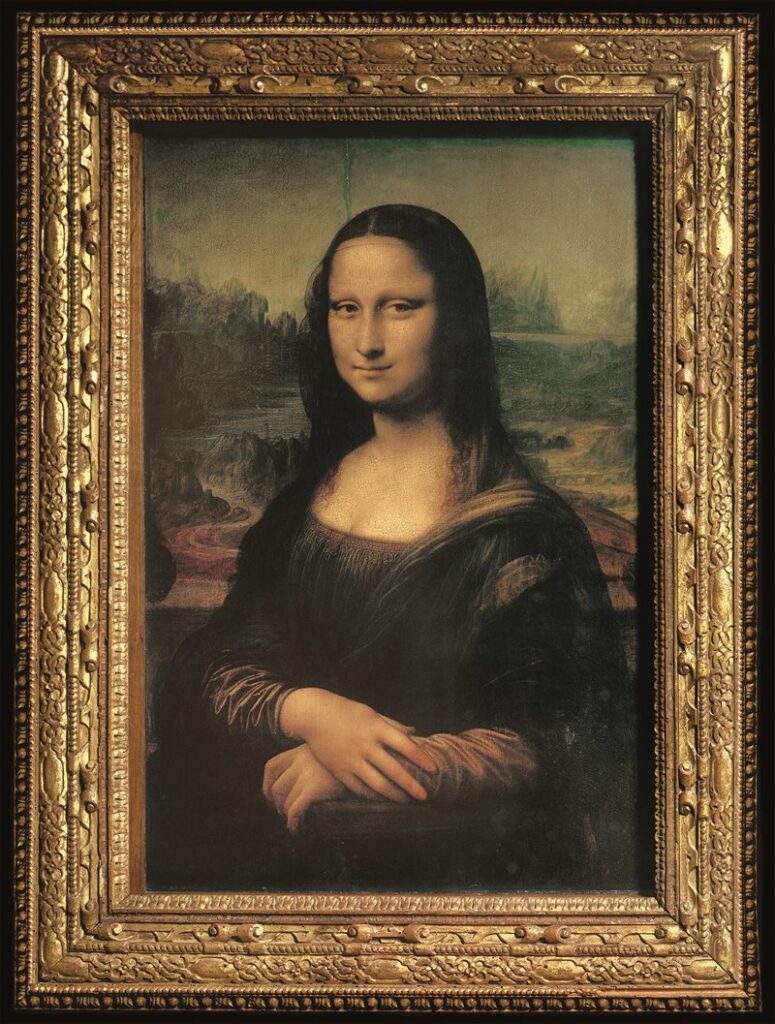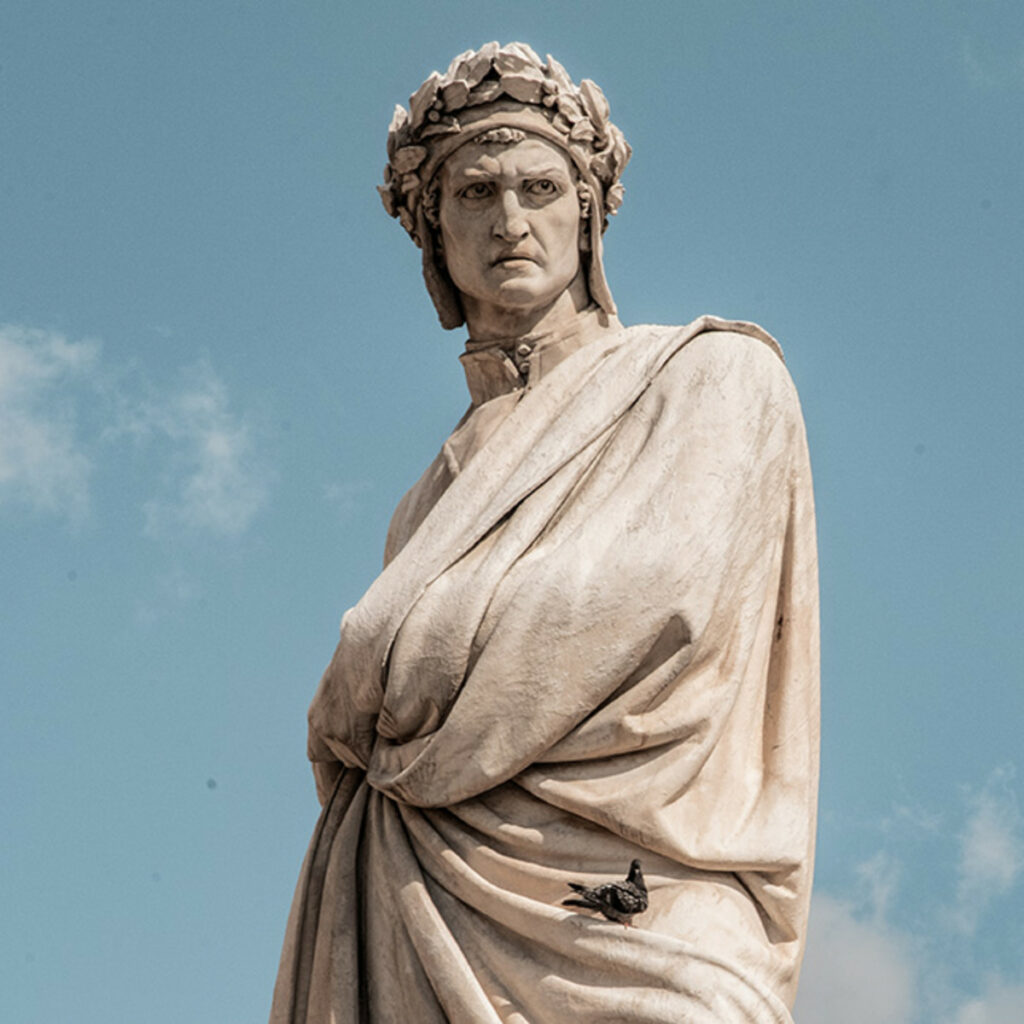The Renaissance, a period of profound cultural rebirth, emerged in Italy during the 14th to 17th centuries, leaving an indelible mark on Western art and culture. This era, characterized by a renewed interest in classical antiquity, witnessed an extraordinary flourishing of creativity and innovation that transformed art, architecture, literature, and philosophy. The legacy of Italian art from this period continues to influence contemporary culture, underscoring Italy’s pivotal role in shaping the artistic landscape of the Western world.

The Dawn of the Renaissance
Italy, with its rich history and strategic location, became the cradle of the Renaissance. Cities like Florence, Rome, and Venice became hubs of artistic and intellectual activity. The Medici family in Florence, in particular, were notable patrons of the arts, fostering an environment where artists could thrive. This patronage system allowed for an unprecedented explosion of artistic talent and experimentation.
Masterpieces and Masters
The Renaissance produced some of the most iconic artworks and artists in history. Leonardo da Vinci, Michelangelo Buonarroti, and Raphael Sanzio are just a few of the luminaries whose works epitomize the period. Leonardo’s “Mona Lisa” and “The Last Supper,” Michelangelo’s “David” and the Sistine Chapel ceiling, and Raphael’s “School of Athens” are masterpieces that continue to captivate audiences worldwide.
These artists brought revolutionary changes to art. They mastered the use of perspective, creating more realistic and three-dimensional images. Their emphasis on human anatomy, light, and shadow brought a new level of naturalism to their work. This shift not only enhanced the beauty of their art but also laid the groundwork for modern artistic techniques.
Architectural Marvels
The Renaissance also saw significant advancements in architecture. Filippo Brunelleschi’s development of linear perspective in architecture and his work on the Florence Cathedral’s dome were groundbreaking. Similarly, Andrea Palladio’s designs influenced architectural standards for centuries. The blend of classical Roman principles with contemporary innovations led to buildings that were not only functional but also aesthetically pleasing, embodying the Renaissance ideals of symmetry, proportion, and harmony.
Cultural Impact
Beyond visual art and architecture, the Renaissance had a profound impact on literature, science, and philosophy. Figures like Dante Alighieri, Petrarch, and Boccaccio paved the way for modern literature. The era’s spirit of inquiry and emphasis on humanism inspired thinkers such as Galileo Galilei and Niccolò Machiavelli, whose works laid the foundations for modern science and political theory.
Lasting Legacy
The influence of the Renaissance extends far beyond the boundaries of Italy and the period itself. Its principles of realism, humanism, and individualism permeate Western culture. Contemporary art, education, and thought are deeply rooted in Renaissance ideals. Museums around the world showcase Renaissance art, and its techniques continue to be taught in art schools today.
In essence, the Renaissance was more than a historical period; it was a transformative movement that redefined the trajectory of Western civilization. Italy’s artistic legacy from this era remains a testament to the enduring power of creativity and innovation. The Renaissance not only revived the glories of the ancient world but also propelled humanity towards a new age of enlightenment and artistic brilliance.
